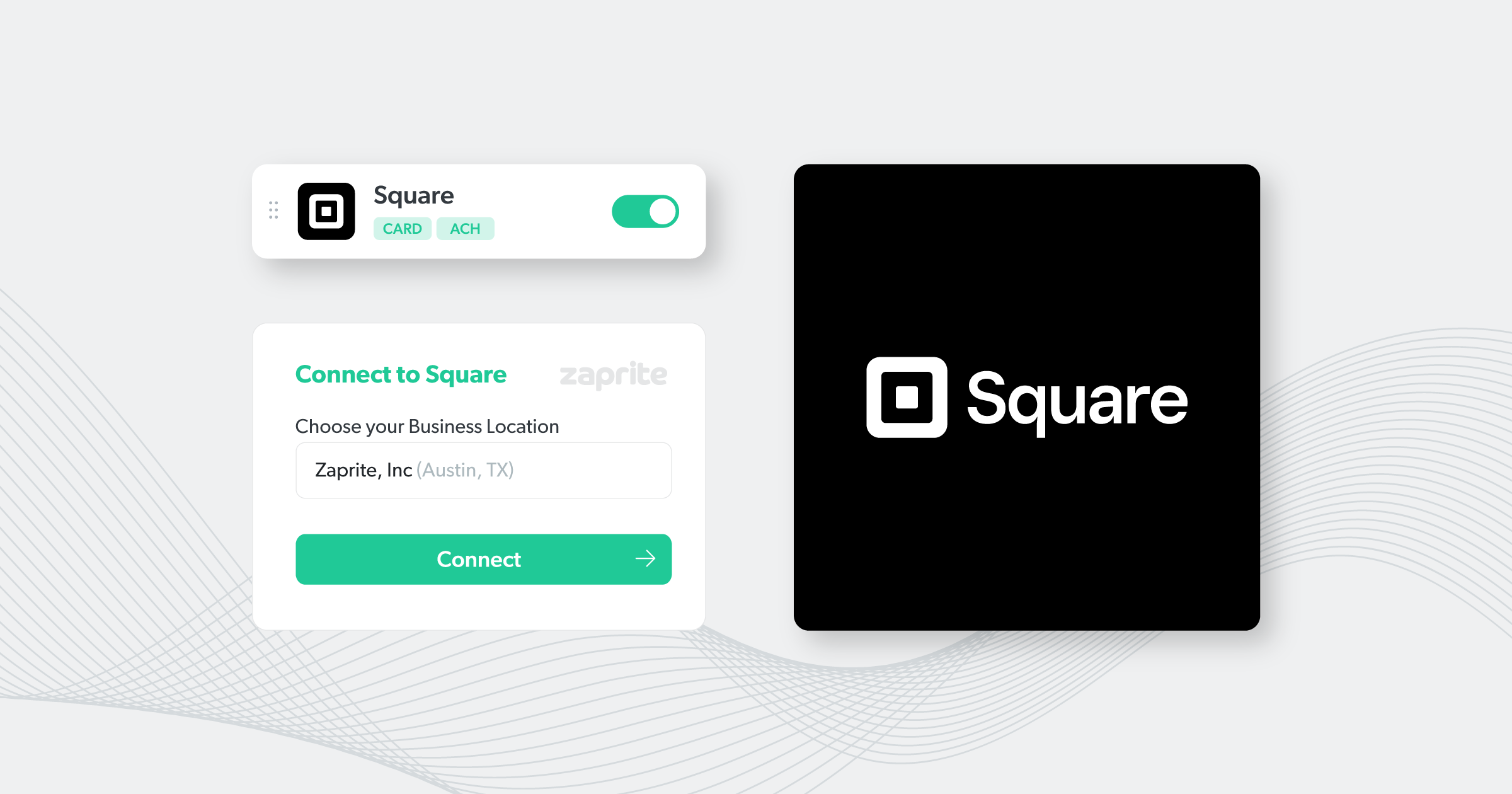Unstoppable Money and Free Speech: The Rise of Bitcoin and Nostr
This post was originally published on
Unstoppable Money: Bitcoin
Bitcoin, as a decentralized digital currency, has established itself as a form of "unstoppable money." Unlike traditional currencies, it operates without the need for a central authority. Transactions on the Bitcoin network are verified by a decentralized network of nodes, and recorded on a public ledger known as the blockchain.
The Technology Behind Bitcoin
Bitcoin's foundational technology is based on public-private key cryptography. This ensures that only the owner of the private key can authorize transactions, providing security and autonomy to users. The network relies on a proof-of-work consensus mechanism to validate transactions and create new coins, a process known as mining.
Bitcoin's Market Performance
As of the latest data, the market capitalization of Bitcoin stands at over nine hundred billion dollars, with millions of active users worldwide. Its price has experienced significant volatility, with peaks and troughs that have attracted both investors seeking high returns and critics concerned about its stability as a store of value.
Nostr: A Decentralized Communication Protocol
Nostr has emerged as a decentralized communication protocol that champions free speech. It operates independently of any corporation or centralized entity, contrasting with platforms like Twitter, Facebook, and TikTok.
How Nostr Works
Nostr utilizes a decentralized network of relays run by volunteers to distribute posts, pictures, and videos. It also employs public-private key cryptography, similar to Bitcoin, to secure user data and ensure control remains with the individual.
Adoption and Usage of Nostr
Nostr's popularity has grown as a decentralized alternative to social media networks, with a user experience likened to Twitter. Users can publish content, follow others, and engage with a global community without the oversight of a central authority.
Integration of Bitcoin Payments
An intriguing feature of Nostr is the integration of Bitcoin payments through the Lightning Network. This allows for microtransactions to be sent and received within the platform, enhancing the interactivity between users.
The Lightning Network
The Lightning Network is a second-layer protocol that operates on top of the Bitcoin blockchain. It enables faster and more cost-efficient transactions, making it suitable for small, casual transfers.
User Experience with Nostr Clients
Various clients are available for accessing Nostr, catering to different platforms, including Amethyst for Android and Damus for iOS. Users can choose a client that suits their needs, and, should a client become unavailable, they can continue accessing Nostr using their private key on an alternative client.
Setting Up a Nostr Account
Setting up a Nostr account involves downloading a compatible client, creating a new account, and personalizing a profile. The account creation process generates a unique Nostr private key, which can be used across different clients.
Interactivity and Community Engagement
Nostr's community is described as vibrant, with the platform offering features like the ability to follow notable figures, post content, and engage with others. The integration of Lightning payments adds an additional layer of interactivity, allowing users to support content creators through microtransactions.
Financial Transactions on Nostr
Users can fund their Nostr accounts with bitcoin, either by purchasing directly through the platform or transferring from other wallets. Once funded, users can send and receive payments within the community, incentivizing content creation and participation.
Conclusion
The convergence of Bitcoin and Nostr represents a paradigm shift towards more decentralized and censorship-resistant systems for money and communication. Bitcoin's role as unstoppable money aligns with Nostr's mission to foster free speech, creating a synergy that could significantly impact how individuals interact with money and information in the digital age. As both platforms continue to evolve, they offer alternative models that prioritize user control and resist centralized interference.




